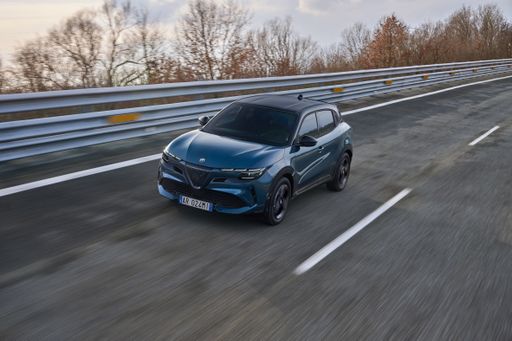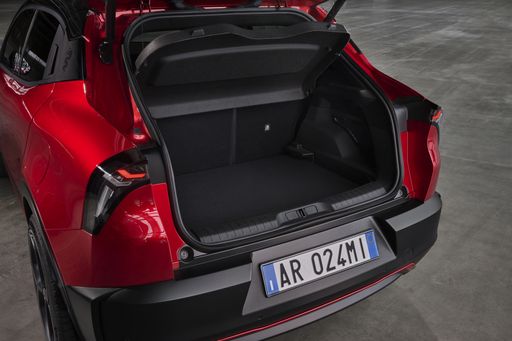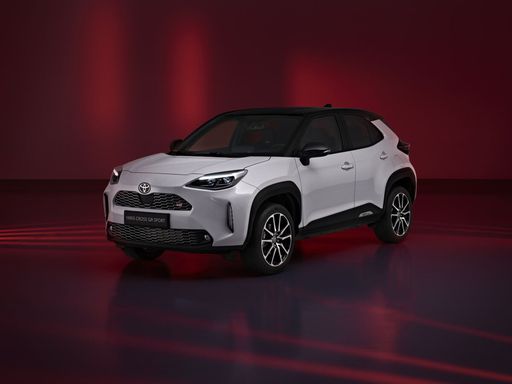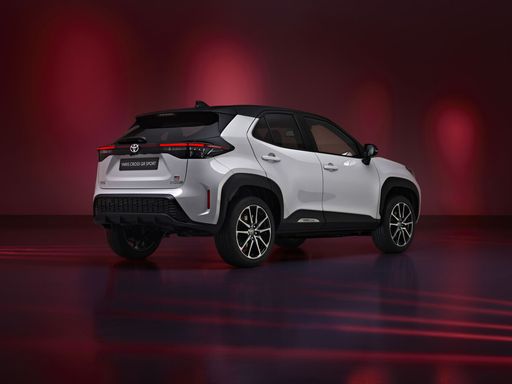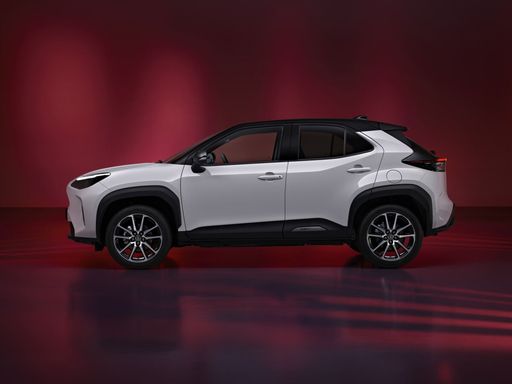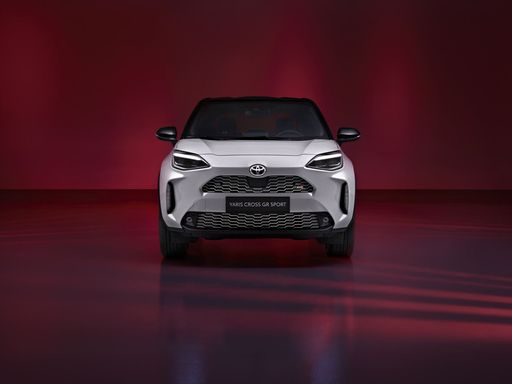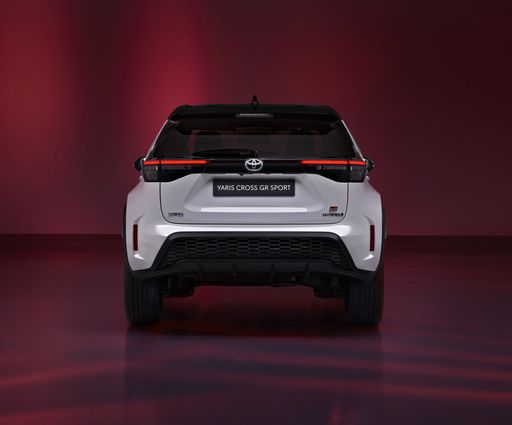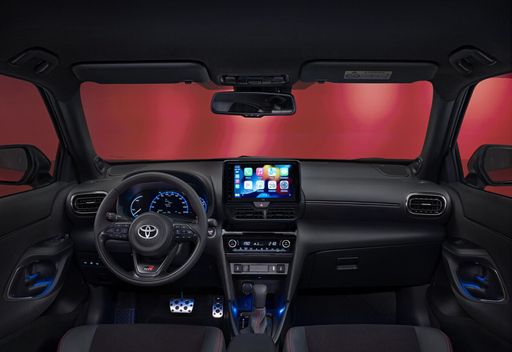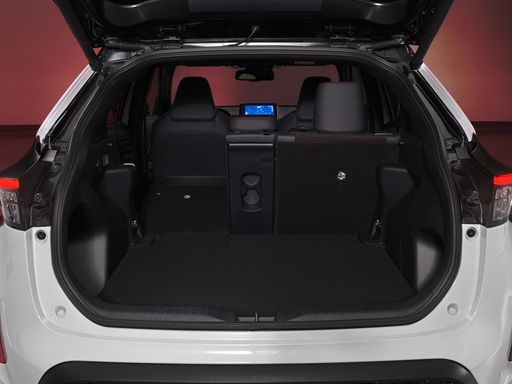Introducing the Contenders: Alfa Romeo Junior vs. Toyota Yaris Cross
The automotive landscape is ever-evolving, and two SUVs that have captured the attention of enthusiasts and everyday drivers alike are the Alfa Romeo Junior and the Toyota Yaris Cross. Both models represent their brands' innovative approaches to combining performance, style, and practicality. In this comparison, we delve into the technical specifications, performance metrics, and unique features of each vehicle to help potential buyers make an informed decision.

